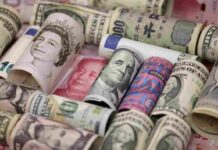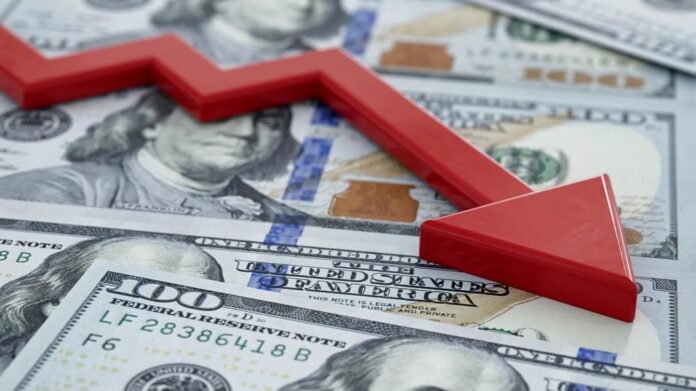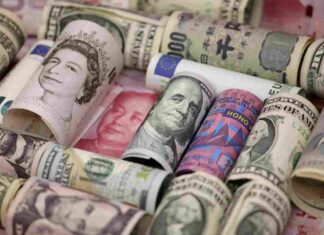The U.S. dollar extended its decline Tuesday, weighed down by renewed fiscal concerns and expectations of volatility in currency markets ahead of U.S.-Japan talks.
The dollar has been falling steadily for more than a week, triggered in part by last week’s sovereign credit downgrade by Moody’s, which cited the ballooning $36.2 trillion U.S. debt. Market focus has now shifted to Washington, where lawmakers are preparing to vote on President Donald Trump’s proposed tax cuts, which analysts estimate could add up to $5 trillion to the deficit.
The greenback weakened against major currencies, slipping 0.2% to 144.510 yen. The U.S. dollar index has dropped as much as 10.6% from its January highs, among the steepest retreats over a three-month period in recent years. Market sentiment was further influenced by news that upcoming U.S.-Japan bilateral talks could address foreign exchange volatility.
Japanese Finance Minister Katsunobu Kato said discussions with U.S. Treasury Secretary Scott Bessent would reflect a shared position on avoiding excessive currency movements. The meeting is expected to take place on the sidelines of a G7 finance gathering in Canada.
Meanwhile, the Australian dollar lost ground after the Reserve Bank of Australia cut its benchmark interest rate by 25 basis points and signalled the possibility of further easing. The currency dropped 0.68% to $0.64135.
In China, the yuan also slipped as the government cut key lending rates and corporate demand for dollars remained high.
Despite a temporary lift from President Trump’s decision to pause some tariffs, investors remain concerned about long-term risks. The recent downgrade has renewed worries about the sustainability of U.S. fiscal policy.
Foreign holders of U.S. assets, including large Asian investors, are reassessing exposure to the dollar, as its traditional safe-haven appeal appears to be fading.
Elsewhere, the euro held steady at $1.124550, the Swiss franc firmed slightly, and the British pound traded flat at $1.33620 after Monday’s gains. Markets reacted positively to the U.K. securing a new post-Brexit deal with the European Union on trade and defense.
The dollar’s recent weakness has also been driven by expectations that the Federal Reserve may only lower interest rates once this year, despite lingering inflation concerns. Although the U.S. economy has remained relatively resilient, investors are increasingly skeptical about long-term fiscal discipline and are reducing dollar exposure amid growing geopolitical uncertainty and changing trade dynamics.























